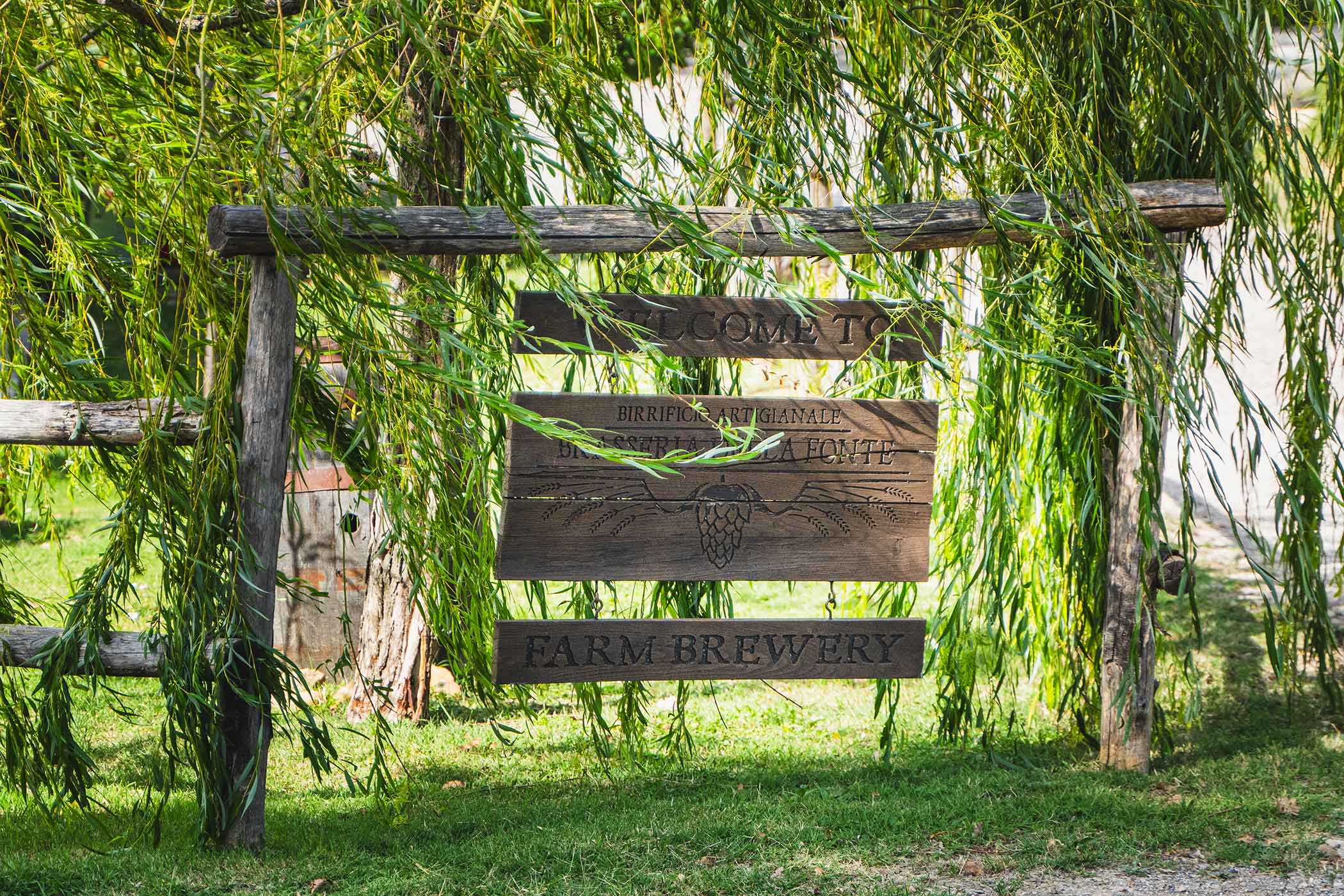Shop
By Word of Mouth: Discovering Italy’s Best Kept Beer Secret
Not just wine country.
Like This, Read That
My rented Nissan Juke pinged, telling me to turn right onto a slightly sloped dirt road. I carefully proceeded along the gravel path, dust swirling around me. A building came into view, surrounded by lush, green foliage.
As I walked towards the entrance, the doors opened and a smiling man waved me forward, inviting me into a charming, unpretentious brewery in southern Tuscany.
I was three hours from the nearest big city to visit one of the highest-rated breweries in Italy.
Why?
Word of mouth.
Pints in Wine-Producing Pienza
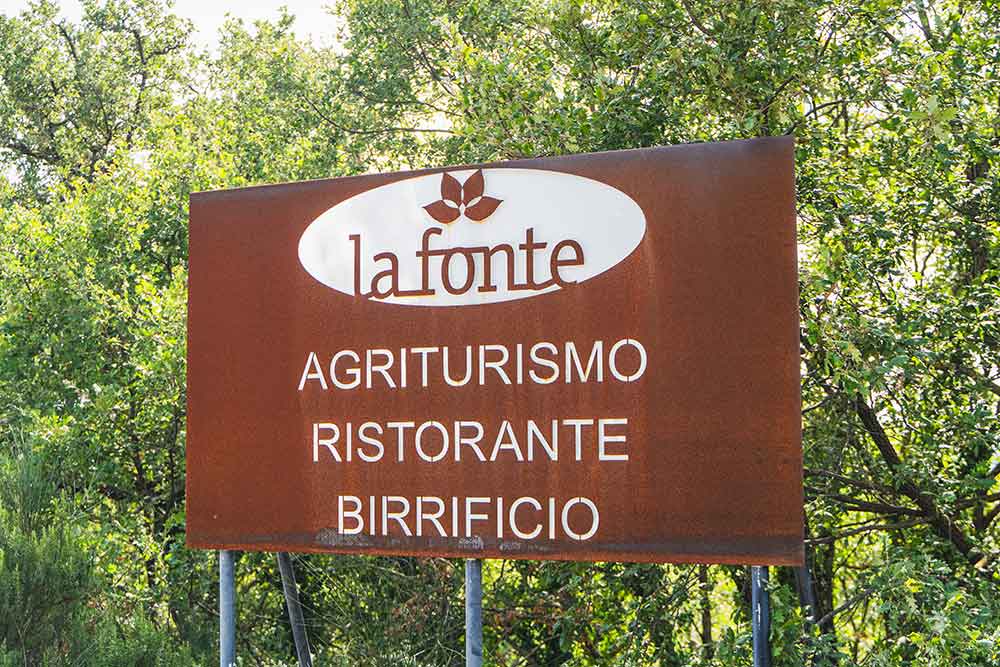
Photography courtesy of Magic Muncie, Social Media Manager, Hop Culture and Untappd
Three hours earlier, my plane touched down in a rainy Rome.
After loading the car at Leonardo Da Vinci airport, I connected my phone and set my next destination to Pienza. A town of fewer than two thousand people located in the historical Val d’Orcia region, a UNESCO site in southern Tuscany, Pienza is considered the “touchstone of Renaissance urbanism.”
Historically renowned for its wines, particularly those produced from the Sangiovese grape, including Chianti, Brunello di Montalcino, and Vino Nobile di Montepulciano, Tuscany isn’t known for its beer.
But nestled in the heart of Italian wine country is a highly regarded craft brewery most often discovered through “passaparola,” or word of mouth in Italian.
Founded in 2015 by head brewer Samuele Cesaroni, Brasseria Della Fonte might not be the most well-known Italian brewery just yet, but its fans are among the most passionate in the country.
Much like Hill Farmstead is to Vermont, Brasseria Della Fonte is to southern Tuscany. Genuine craft beer enthusiasts make the pilgrimage to this farm brewery because they know that at the end of the long drive, they’ll find some of the best barrel-aged beers in the country.
Over three hours, I drove through sprawling vineyards and vibrant green hills. In Pienza, I passed large Italian buildings known as “palazzos” and the stunning Duomo (cathedral in Italian) with its beautifully crafted facade, recognized for its exceptional combination of Renaissance and Gothic architectural styles.
All to get to that slightly sloped dirt road, where I found a simple “La Fonte” sign. Among the common words used in this region, like “agriturismo” and “ristorante,” I saw one relatively uncommon one: “birrificio,” or brewery in Italian.
I knew I made it.
Homebrewing in Wine Country
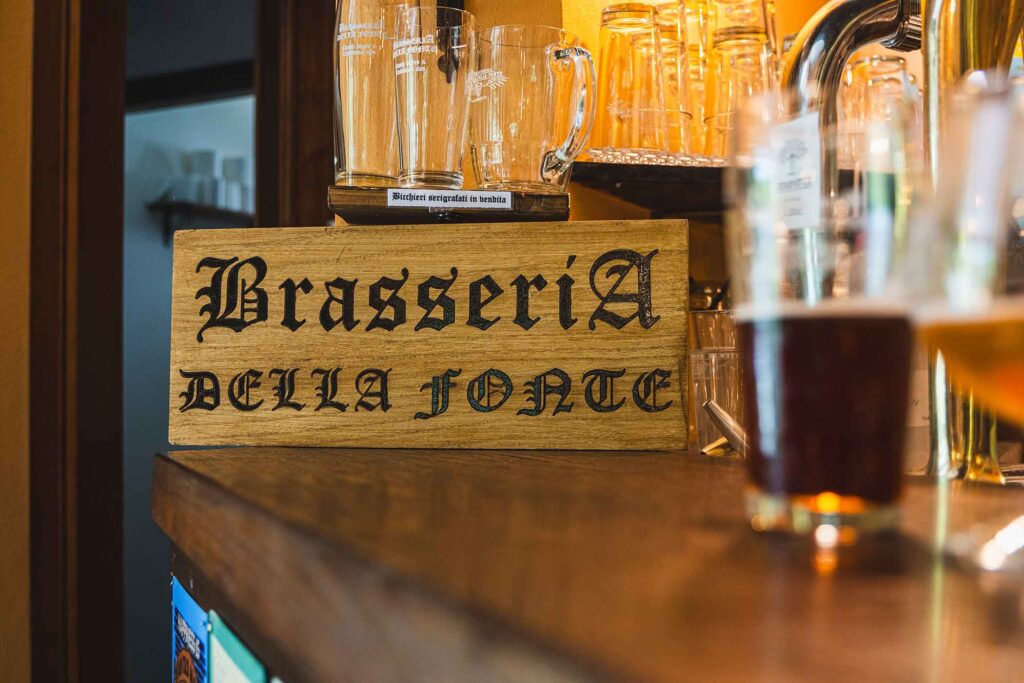
Photography courtesy of Magic Muncie, Social Media Manager, Hop Culture and Untappd
So how exactly does one decide to create a brewery in the heart of wine country?
Around twenty-one, Cesaroni started drinking beer at a pub not far from Brasseria Della Fonte. “They had Belgian beers, the super classic Belgian strong beers,” says Cesaroni, who would go to the bar every Wednesday with a group of friends. Cesaroni was inspired by how different these beers were from the common “industrial” ones he first drank.
Eleven years later, during a trip to Alaska with his girlfriend, Cesaroni went on a quest to drink all kinds of American craft beers. He distinctly remembers Alaskan Brewing Co.’s smoked porter and another classic, Rogue Dead Guy Ale, wowing him.
Infatuated with what he describes as a “strange” taste, mostly because he had never tried anything like this before, Cesaroni purchased his first brew kit as soon as he returned home.
Cesaroni, his girlfriend Leticia, and a friend began to brew every week. “I understand that I really felt something,” says Cesaroni with a twinkle in his eye. “I was really obsessed.”
Cesaroni, who at that time worked as an assistant cook in the family restaurant on the La Fonte property by day, brewed in the kitchen at night. He traveled to all the breweries in Italy, took sensory classes, and eventually left his job in the restaurant to attend a professional brewing school.
From there, things escalated quickly.
Within only a year of getting back from Alaska, Cesaroni felt it was the right moment to open up his own brewery.
From Farm to Farm Brewery
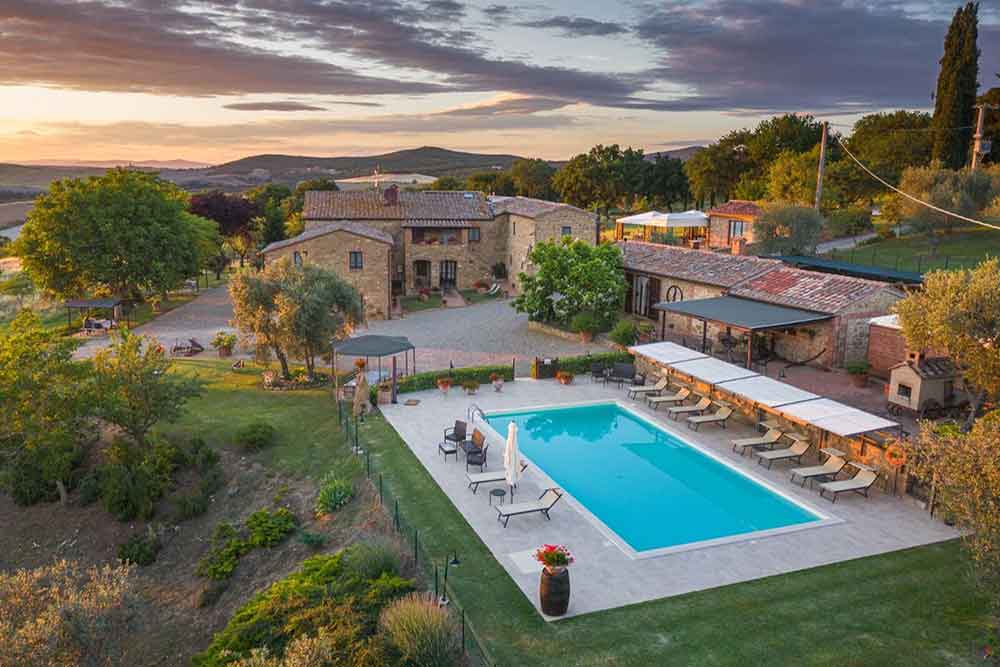
Photography courtesy of Brasseria Della Fonte
Cesaroni chose to build Brasseria Della Fonte on his grandmother’s farm.
“There was a rabbit, a chicken here, and all the animals,” explains Cesaroni, who cleared the land to start the brewery with just four fermenters.
For five years, “I worked night and day with smaller equipment,” says Cesaroni, who eventually updated the setup right before the pandemic hit.
Cesaroni’s philosophy is simple: He brews what he likes—beers like sessionable English bitters, hop-forward ales, barrel-aged barleywines and stouts, and classic German lagers.
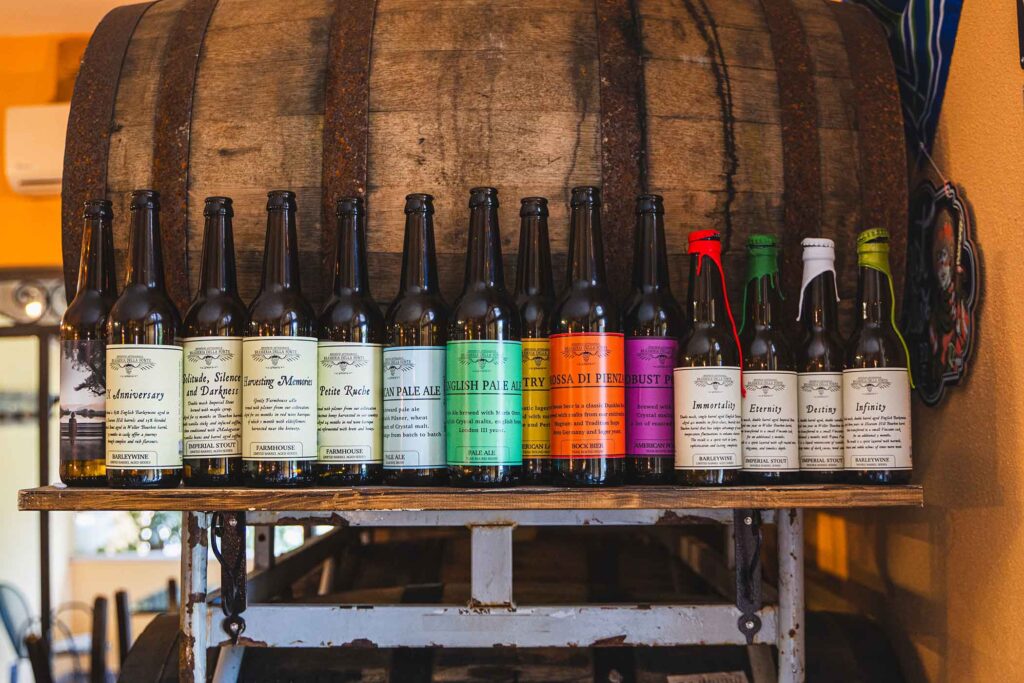
Photography courtesy of Magic Muncie, Social Media Manager, Hop Culture and Untappd
“Italy doesn’t have a beer culture, because we are a wine country. So I consider this lucky … because we can brew every beer that we want,” explains Cesaroni. “If you go to London, you won’t find a brewer that brews Czech pils. If you go to Prague, you will never find a brewer who brews a best bitter or a mild. It’s very difficult, maybe impossible. But here in Italy, we can brew Czech pils, a bitter, a dunkel, and an imperial stout.”
Cesaroni lets the beer and its ingredients speak for themselves, many from right nearby on the farm.
When it comes to water, they have the benefit of using water from two distinct sources: one from a spring on the property and another from the city. The spring water is generally harder, making it ideal for brewing English-style beers, whereas the city water is somewhat softer, which is particularly beneficial for brewing IPAs and lagers.
For nearly every beer, Cesaroni incorporates hops and barley that are cultivated right on the premises, approximately a hundred meters from the brewhouse. Depending on the style of beer, he will use various malts in addition to barley.
For this laborious but simple approach, Cesaroni avoids creating humorous names or overly intricate labels for his beers. When you check the draft list, you’ll find straightforward words like “American IPA,” “Ordinary Bitter,” and “Robust Porter.”
This is Brasseria Della Fonte’s spirit.
Letting The Beer’s Barrel-Aged Spirit Speak To You
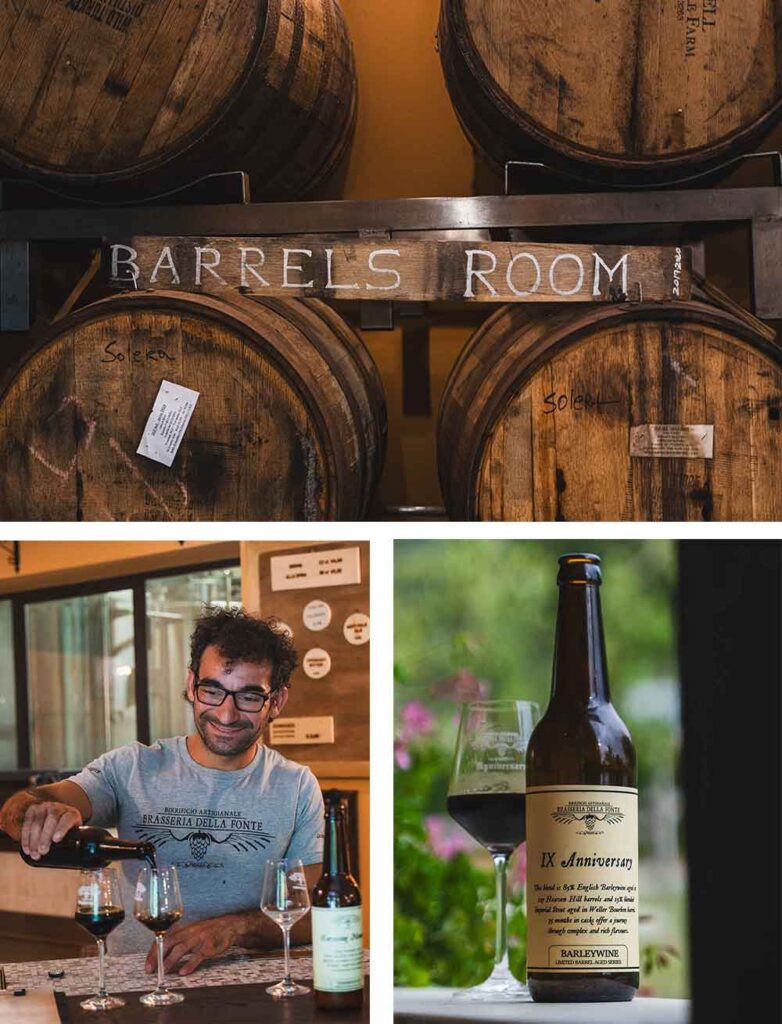
Photography courtesy of Magic Muncie, Social Media Manager, Hop Culture and Untappd
So many of Brasseria Della Fonte’s beers are true labors of love, especially when it comes to their barrel-aged beers.
“I use no sugar here, just an infinite boil,” says Cesaroni, whose brewdays for these beers can start as early as 4:30 a.m. “ I just sleep for a night in the bags of malt.”
For his imperial stouts, Cesaroni aims for 32-35° Plato with a 12-13% ABV, “resulting in the perfect balance,” he says.
These robust beers typically age for a minimum of one year, with most maturing for two years, and a select few even resting for as long as three years.
But they’re not Cesaroni’s favorite.
When I mention the word “barleywine,” Cesaroni’s eyes sparkle a little brighter. “That’s what I like. Maybe even more than imperial stout,” he tells me. “Would you like to see my cellar?”
In that moment, I realized I was in for something special.
As I followed him into a walk-in cooler, he selected a label-less bottle from his personal stash.
IX Anniversary, he explained to me as we sat back down in the taproom, is a blend created annually to commemorate the brewery’s anniversary.
For this year’s version, Cesaroni crafted a blend consisting of 85% barleywine aged in twelve-year Heaven Hill barrels and 15% imperial stout aged in Weller bourbon barrels. He described the divine beer he stored in these barrels as “the heaviest beer I have ever brewed,” drawing inspiration from Side Project’s well-known barleywines.
As Cesaroni poured us each a glass, I brought my nose close to the liquid, greeted by a heavenly aroma. This intricate amalgamation, aged for thirty-five months in barrels, is a tribute to flavor, showcasing an elegant profile with hints of brown sugar, caramel, dark fruit, fresh coffee, dark chocolate, and vanilla. Never overpowering and perfectly balanced in sweetness and viscosity, this barrel-aged beer showcased a refined demonstration of patience, technique, and taste.
As I savored every layer with each sip, I asked Cesaroni about the impetus for his barrel-aging program. He quickly gave much of the credit to New Jersey’s Kane Brewing with their complex and easy-drinking stouts. “I was obsessed,” says Cesaroni, who drank a lot of American imperial stouts. “I write everything in my mind for the recipes, for how these imperial stouts can be made.”
To gain a greater understanding of barrel-aged beers, Cesaroni passed the BJCP (Beer Judge Certification Program) and traveled throughout Europe, judging various competitions. “What I searched for in this beer (style) was the elegance,” says Cesaroni, who also derives inspiration from beers like Bottle Logic’s Fundamental Observation and Goose Island’s Bourbon County Brand Stout, seeking a drinkable middle ground between pastry stouts and thinner stouts of the past.
While Cesaroni brews a few stouts that one might classify as pastry stouts, he ensures that Brasseria Della Fonte uses only real ingredients, never extracts. “For me, it’s the best way, and it’s what the drinkers want,” he says.
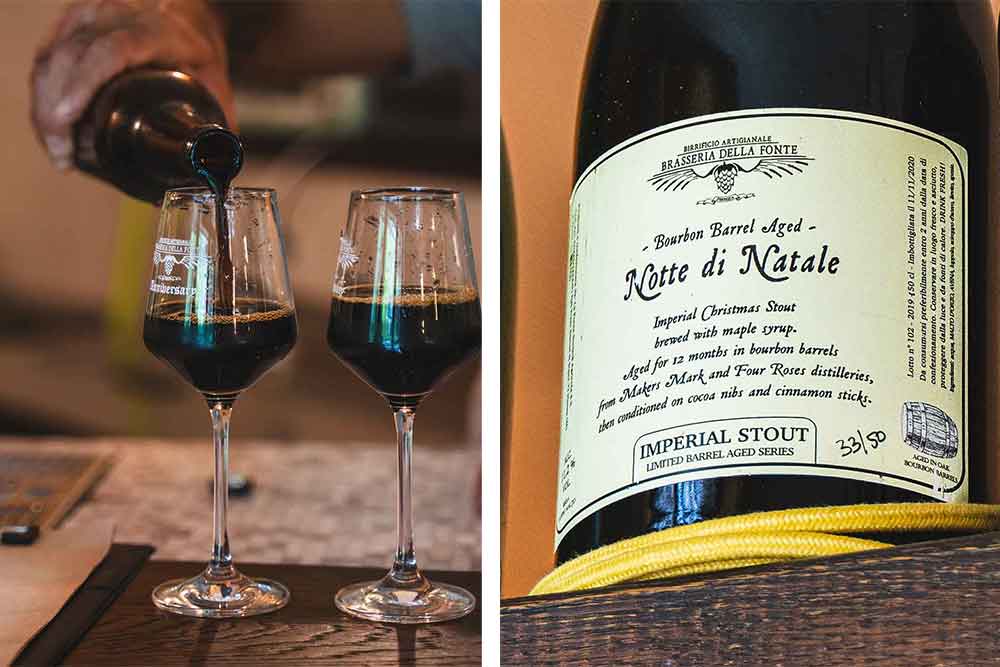
Photography courtesy of Magic Muncie, Social Media Manager, Hop Culture and Untappd
For example, Notte di Natale—an imperial Christmas stout reminiscent of Fremont’s Dark Star: Spice Wars.
Nearly every year, Cesaroni creates his unique take on the beloved Christmas stout genre. He brewed the 2024 edition of Notte di Natale with maple syrup, then aged it for eighteen months in Heaven Hill and Wyoming Bourbon barrels before conditioning on organic Ghana toasted and raw cocoa nibs and a soft touch of Cassia cinnamon sticks.
Right from the start, you’re greeted with a wave of festive joy. Fresh cinnamon, a drizzle of maple syrup, and smooth cocoa nibs blend to create a treat that evokes the spirit of the holiday season. The roasted cocoa really comes through, complementing the other adjunct additions wonderfully.
In a similar fashion to Kane Brewing and Central Waters Brewing, Cesaroni keeps his barrels in a location that experiences greater temperature fluctuations. Temperatures range from nine degrees Celsius in winter to over thirty-five degrees Celsius (a range of forty-five to ninety-five degrees Fahrenheit).
During the summer, the liquid inside expands and absorbs the distillate from the oak. “During the wintertime, the liquid inside becomes thicker, and the oak releases everything [else]. The vanillin, the char,” Cesaroni explains, deepening the connection between the beer and the barrel.
The flavors of the beers will vary based on the season in which you taste them, and Cesaroni shares that the beer’s spirit communicates to him. “When I taste some beer that tells me, ‘Please stop,’” Cesaroni says, he knows it is time to bottle.
Harvesting Memories

Photography courtesy of Magic Muncie, Social Media Manager, Hop Culture and Untappd
Stouts weren’t the only beers I enjoyed at Brasseria Della Fonte.
The brewery’s three percent Ordinary Bitter offered the perfect balance of toasty maltiness, with just a touch of caramel and toffee notes. Trigger warning: Cesaroni serves his bitter a little differently, pouring from a nitro faucet instead of the typical hand-pull cask. While I do love a traditionally served cask ale, I was legitimately charmed by the creamy, full-bodied nature of the beer, and it vanished before I knew it.
And what would a farm brewery be without farmhouse ales? Cesaroni shared a bottle of Harvesting Memories, created by his assistant brewer Laura Casini.
Casini previously worked as a brewer in Belgium at Brasserie de Cazeau, where farmhouse ales were a significant focus. After spending a few years at Brasseria Della Fonte, Cesaroni approached Laura to see if she would be interested in brewing farmhouse beers once more. He mentioned, “She can do everything she wants. She can experiment and put herself in the beer like I do in my other beers.”
With Harvesting Memories, Casini utilized an English yeast and a high-temperature mash to produce high residual sugars after fermentation. The farmhouse ale was then transferred into a red wine barrique for a twenty-month aging process, where wild yeasts such as Lactobacillus, Pediococcus, and Brettanomyces contributed to the fermentation.
By summer, after fermentation, Casini collected elderflowers from the nearby town of Montalcino and added them directly to the barrel for a month.
The outcome is a stunning, aromatic medley of delicate floral notes, with hints of vanilla, citrus, and pepper.
Fans From Far Places
Around the world, the gospel of Brasseria Della Fonte seems to be spreading.
On a chilly winter evening a few years ago, as it was getting late, Cesaroni was preparing to leave for home when a couple arrived at the brewery’s door, holding a couple of bottles. They approached him and said, “This is a little gift for you.” Although Cesaroni had never met them before, he quickly recognized the beers, Toppling Goliath’s Assassin and Morning Delight, but thought to himself that there was no way this could be real. The couple turned out to be the owners of the renowned Toppling Goliath Brewing Company.
Next year, they returned, this time bringing a bottle of KBBS. They shared the bottle with Cesaroni, who was thrilled yet slightly puzzled about how they had even heard of his brewery. It was clear that news about his brewing was spreading. He even sent some of his beers to the owners of Toppling Goliath, who replied with compliments about how much they enjoyed them. While Cesaroni couldn’t recall precisely how the owners of Toppling Goliath found him, he discovered something else instead. “This was a great occasion,” he says. “I was very happy, and I told myself, okay, my work is good.”
Amazingly, that wouldn’t be the last time Cesaroni would be bewildered.
Last year, Cesaroni visited the East Coast of the United States, one of his favorite destinations, and stopped by Root + Branch Brewing. Wearing a Brasseria Della Fonte t-shirt, he entered the taproom, and one of the staff pointed to his shirt, mentioning that he recognized the brewery. The employee opened their fridge and showed him a bottle of Brasseria Della Fonte that was sitting there, mentioning a friend of theirs had come in with three bottles last week.
Cesaroni wondered: How is this even possible? He knew he had only produced 250 bottles of this particular offering, and one was right there in front of him in New York, over 4,200 miles away. “It’s a strange thing. The world is very small sometimes,” Cesaroni noted. Brasseria Della Fonte only sells these special releases directly at the brewery. So the chances of this happening were quite slim.
One thing was clear: Word had spread about this little brewery in Pienza.
Don’t Take Our Word For It
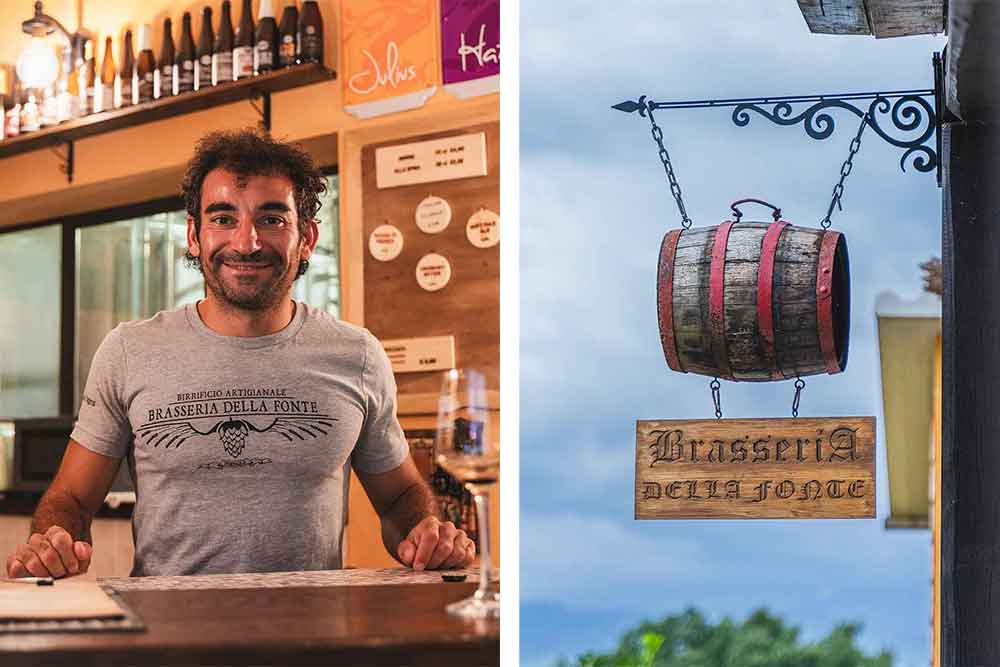
Photography courtesy of Magic Muncie, Social Media Manager, Hop Culture and Untappd
Although Cesaroni is passionate about crafting exceptional beers, he has no plans to expand.
“I think it’s unusual. In the U.S., it’s always wanting to grow and grow and grow,” he explains. “And I really appreciate wanting to put yourself first.”
Earning more money isn’t the main goal at Untappd’s highest-rated brewery in Italy. Brasseria Della Fonte doesn’t operate every day of the week. Instead, they take Mondays and Tuesdays off to concentrate on smaller tasks, handle paperwork, or simply enjoy a day of rest.
According to Cesaroni, the essence of happiness lies in family, friends, and maintaining a healthy work/life balance.
When he’s not at the brewery, you might find Cesaroni running 80km a week to train to compete in the legendary Bravìo delle Botti, where two spingitori—that’s fancy talk for pushers—team up to shove empty wine barrels weighing around 80kg down a path that’s over a kilometer long. Last year, Cesaroni and his partner, Luca Benassi, won the whole competition.
It might be hard to understand Brasseria Della Fonte’s slow approach to brewing without experiencing it yourself.
Without renting a car from the airport in Rome, making the three-hour drive north through winding valleys and mountain towns, and finding yourself outside a simple sign that says “agriturismo,” “ristorante,” and, most importantly, “birrificio.”
If you’re planning a trip here, you can stay right on the brewery’s grounds, which features four exquisitely furnished apartments, available year-round, in a historic farmhouse dating back to the 1700s, beautifully restored to highlight the building’s charm, all run by the Cesaroni family.
Additionally, there’s a Tuscan-inspired restaurant, run by Cesaroni’s mother and brother, that emphasizes local ingredients and seasonal dishes, along with a lovely pool shaded by the farmhouse. All this is just a few steps from the brewery, and just a few kilometers outside of the town of Pienza.
“I appreciate it when people stay here, stay at the pub, and drink beer,” he says. “I just want to make the best beer that I can.”

